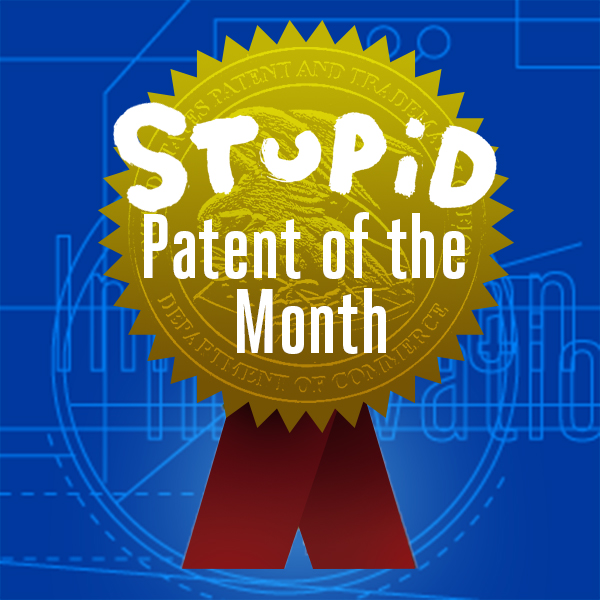 We have often criticized the Patent Office for issuing broad software patents that cover obvious processes. Instead of promoting innovation in software, the patent system places landmines for developers who wish to use basic and fundamental tools. This month’s stupid patent, which covers user permissions for mobile applications, is a classic example.
We have often criticized the Patent Office for issuing broad software patents that cover obvious processes. Instead of promoting innovation in software, the patent system places landmines for developers who wish to use basic and fundamental tools. This month’s stupid patent, which covers user permissions for mobile applications, is a classic example.
On August 29, 2017, the Patent Office issued U.S. Patent No. 9,747,468 (the ’468 patent) to JP Morgan Chase Bank, titled “System and Method for Communication Among Mobile Applications.” The patent covers the simple idea of a user giving a mobile application permission to communicate with another application. This idea was obvious when JP Morgan applied for the patent in June 2013. Even worse, it had already been implemented by numerous mobile applications. The Patent Office handed out a broad software monopoly while ignoring both common sense and the real world.
The full text of Claim 1 of the ’468 patent is as follows:
A method for a first mobile application and a second mobile application on a mobile device to share information, comprising:
the first mobile application executed by a computer processor on a mobile device determining that the second mobile application is present on the mobile device;
receiving, from a user, permission for the first mobile application to access data from the second mobile application;
the first mobile application executed by the computer processor requesting data from the second mobile application; and
the first mobile application receiving the requested data from the second mobile application.
That’s it. The claim simply covers having an app check to see if another app is on the phone, getting the user’s permission to access data from the second app, then accessing that data.
 The ’468 patent goes out of its way to make clear that this supposed invention can be practiced on any kind of mobile device. The specification helpfully explains that “the invention or portions of the system of the invention may be in the form of a ‘processing machine,’ such as a general purpose computer, for example.” The patent also emphasizes that the invention can be practiced on any kind of mobile operating system and using applications written in any programming language.
The ’468 patent goes out of its way to make clear that this supposed invention can be practiced on any kind of mobile device. The specification helpfully explains that “the invention or portions of the system of the invention may be in the form of a ‘processing machine,’ such as a general purpose computer, for example.” The patent also emphasizes that the invention can be practiced on any kind of mobile operating system and using applications written in any programming language.
How was such a broad and obvious idea allowed to be patented? As we have explained many times before, the Patent Office seems to operate in an alternate universe where the only evidence of the state of the art in software is found in patents. Indeed, the examiner considered only patents and patent applications when reviewing JP Morgan’s application. It’s no wonder the office gets it so wrong.
What would the examiner have found if he had looked beyond patents? It’s true that in mid-2013, when the application was originally filed, mobile systems generally asked for permissions up front when installing applications rather than interposing more fine-grained requests. But having more specific requests was a straightforward security and user-interface decision, not an invention. Structures for inter-app communication and permissions had been discussed for years (such as here, here, and here). No person working in application development in 2013 would have looked at Claim 1 of the ’468 patent and think it was non-obvious to a person of ordinary skill.
JP Morgan’s “invention” was not just obvious, it had been implemented in practice. At least some mobile applications already followed the basic system claimed by the ’468 patent. In early 2012, after Apple was criticized for allowing apps to access contact data on the iPhone, some apps began requesting user permission before accessing that data. Similarly, Twitter asked for user permission as early as 2011, including on “feature phones”, before allowing other apps access to its data. Since it didn’t consider any real world software, the Patent Office missed these examples.

The Patent Office does a terrible job reviewing software patent applications. Meanwhile, some in the patent lobby are pushing to make it even easier to get broad and abstract software patents. We need real reform that reduces the flood of bad software patents that fuels patent trolling.









